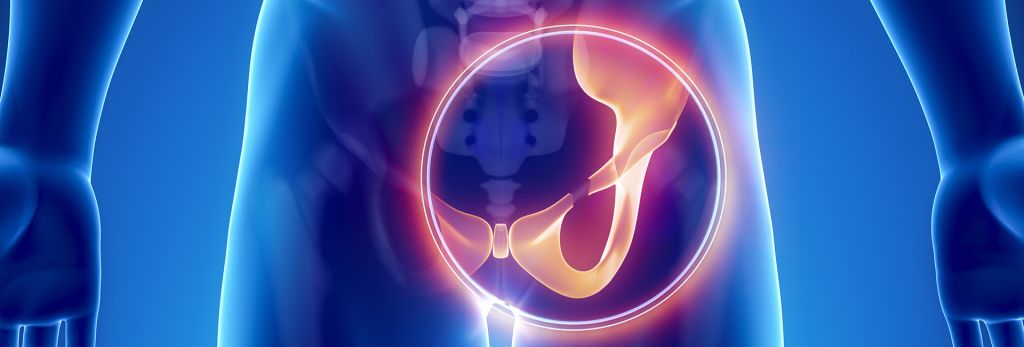Without doing an examination it is hard to comment on the exact condition, but we can provide some general information regarding the discomfort.
In general, a “pop” felt and heard in the groin can be indicative of a variety of pathologies.
It may be due to pressure release from a joint, including the low back, hip or SI joint.
It can also occur as a result of injury to soft tissue structures such as muscle, tendon ligament and cartilage.
If the discomfort persists or worsens I would recommend that you set-up an appointment to see a PT to better determine the source of the “pop.” A physical therapist will be able to determine level of severity of any injury that may be present. They can also help you figure out if the symptoms require further assessment by another medical provider.
In the meantime, I would recommend you try icing the region of soreness and consider light stretching to the groin and hip regions.

Start your PT journey today!
Our therapists are experts at discovering the root cause of any musculoskeletal condition and will create a custom treatment plan tailored to what you need for a full recovery.
